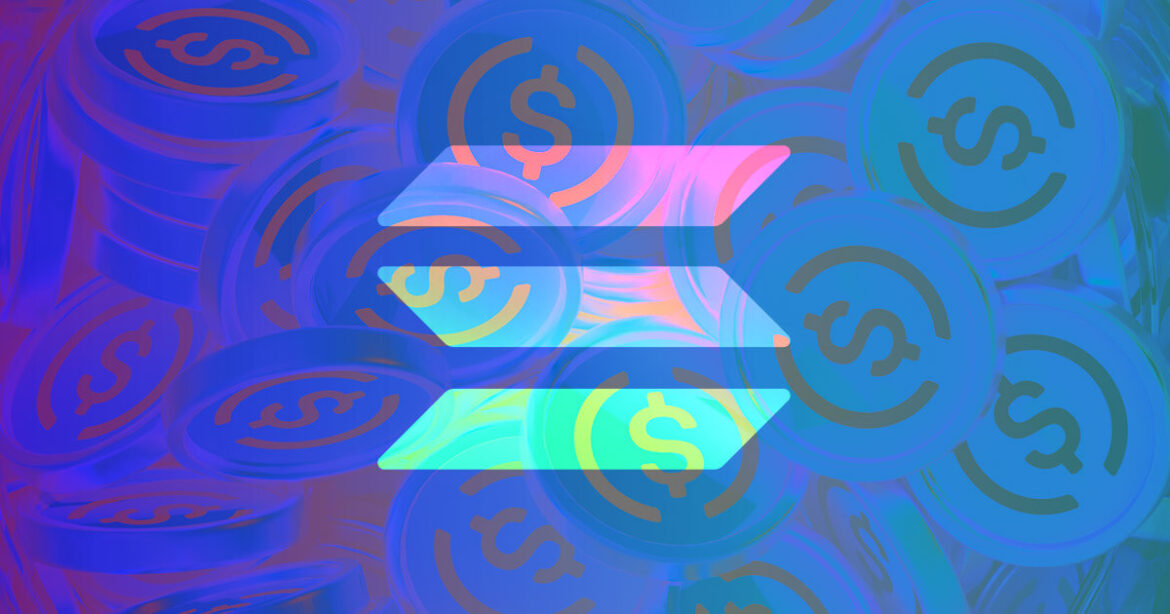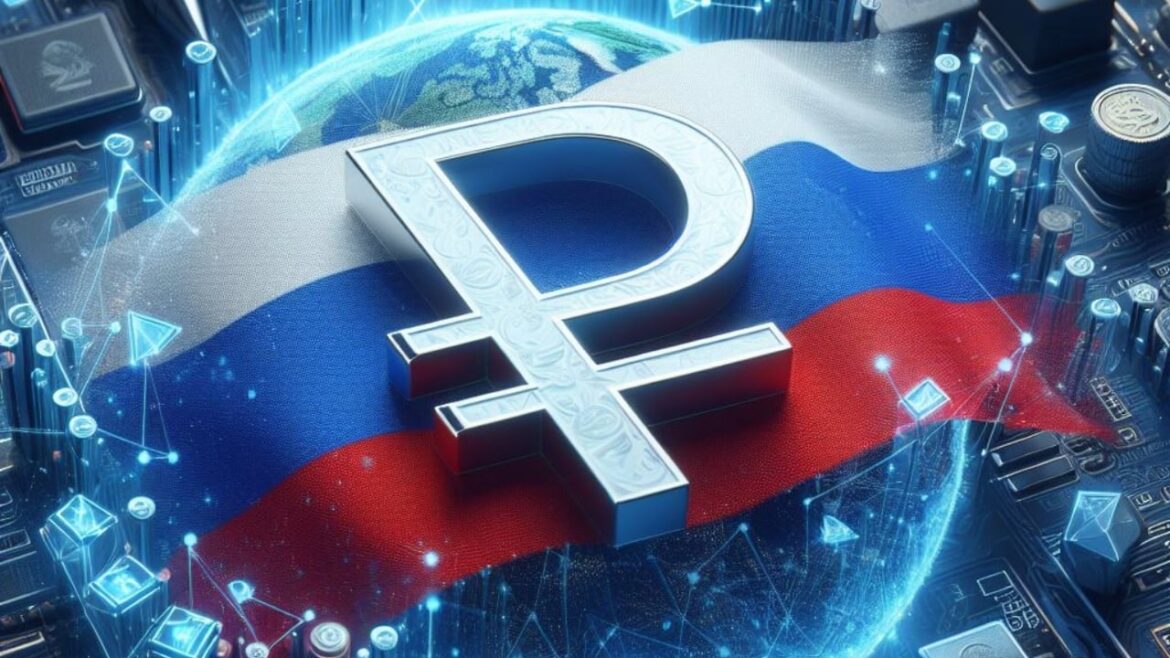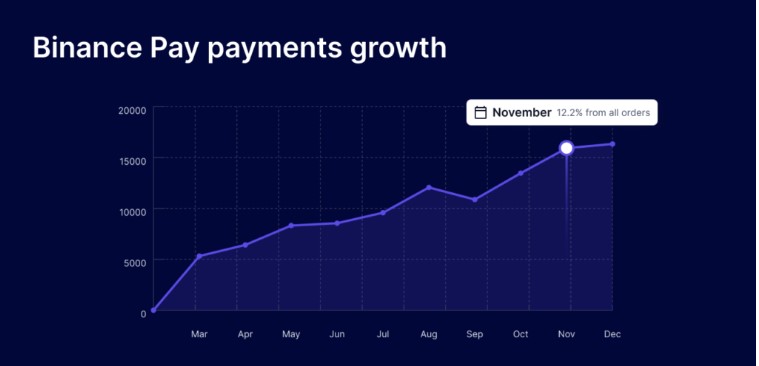
Circle is expanding its Web3 Services and Tools suite to Solana to enhance USDC’s accessibility for developers and enterprises, ensuring easy integration into various applications.
The move comes after an AllianceBernstein research report revealed that Solana has become the most popular network for stablecoin transfers, especially for cross-border payments.
Circle aims to improve USDC’s accessibility for developers and enterprises, ensuring easy integration into various applications. The initiative will allow businesses to use APIs to integrate secure wallets, manage on-chain transactions or smart contracts, and streamline user onboarding and transaction flows.
Circle’s official announcement expressed excitement about partnering with Solana’s dynamic developer community and businesses to develop and launch innovative applications.
Stablecoin dominance
This development occurs against a backdrop of significant growth in the stablecoin market, with USDC’s supply experiencing a nearly 10% increase in the last month.
Amid these developments, a report from AllianceBernstein has positioned Solana ahead of Ethereum in terms of stablecoin payment volume, highlighting its emergence as the preferred medium for stablecoin transactions.
The report, penned by analysts Gautam Chhugani and Mahika Sapra, emphasizes the resurgence of stablecoin usage in the current bull market, with Solana leading in cross-border payments using stablecoins.
Remarkably, Solana has captured a dominant 43% market share in the value of stablecoins transferred, significantly outpacing Ethereum, as per Artemis’ data, which recorded Solana’s stablecoin transfer volume at $63.6 billion against Ethereum’s $26.6 billion.
On-chain data shows that Solana’s market share in stablecoin transfers amounted to $1.4 trillion in March, more than 2x Ethereum’s $635 billion.
However, Ethereum still holds a higher market cap of stablecoins on its blockchain, but much of its capital remains unused. Bernstein analysts noted that although Solana has overtaken Ethereum in value transferred, it faces significant scalability challenges, especially for consumer payments.
Circle’s decision to extend Web3 service support to the Solana blockchain showcases confidence in Solana’s ability to overcome its current challenges and reflects a broader commitment to leveraging stablecoins for a more open and inclusive financial system.
The post Circle expands support for Solana as it becomes top network for cross-border payments appeared first on CryptoSlate.





 The Central Bank of Russia and the Russian treasury are considering testing using the Russian CBDC, the digital ruble, to complete budget settlements. The tests would involve using this CBDC to make payments to businesses and citizens and receiving payments from these in CBDC, to ensure the targeted use of these funds. Russian Digital Ruble […]
The Central Bank of Russia and the Russian treasury are considering testing using the Russian CBDC, the digital ruble, to complete budget settlements. The tests would involve using this CBDC to make payments to businesses and citizens and receiving payments from these in CBDC, to ensure the targeted use of these funds. Russian Digital Ruble […]

 Yury Ushakov, an aide of Russian president Vladimir Putin, revealed plans to create a digital blockchain payment system for the BRICS bloc. Ushakov remarked that the countries of the group would benefit from implementing such a system for the use of governments, common people, and businesses, stating that it would be convenient, cost-effective, and “free […]
Yury Ushakov, an aide of Russian president Vladimir Putin, revealed plans to create a digital blockchain payment system for the BRICS bloc. Ushakov remarked that the countries of the group would benefit from implementing such a system for the use of governments, common people, and businesses, stating that it would be convenient, cost-effective, and “free […]
 The digital yuan, China’s central bank digital currency (CBDC), is being used as a security element in car prepurchase payment settlements. According to local media reports, a pilot test that allows customers to pay for their cars with digital yuan was established in early February in Shenzhen, and several customers are already purchasing their vehicles […]
The digital yuan, China’s central bank digital currency (CBDC), is being used as a security element in car prepurchase payment settlements. According to local media reports, a pilot test that allows customers to pay for their cars with digital yuan was established in early February in Shenzhen, and several customers are already purchasing their vehicles […]



 Solana Mobile, Solana Labs’ smartphone subsidiary, processed over $20 million in payments in alliance with Shopify and USDC, the second-largest dollar-pegged stablecoin. Anatoly Yakovenko, a co-founder of Solana Labs, explained that 51% of Chapter 2’s payments were completed using USDC, with no payment processing fees associated. Solana Mobile Processed Over $20 Million in USDC Payments […]
Solana Mobile, Solana Labs’ smartphone subsidiary, processed over $20 million in payments in alliance with Shopify and USDC, the second-largest dollar-pegged stablecoin. Anatoly Yakovenko, a co-founder of Solana Labs, explained that 51% of Chapter 2’s payments were completed using USDC, with no payment processing fees associated. Solana Mobile Processed Over $20 Million in USDC Payments […]


